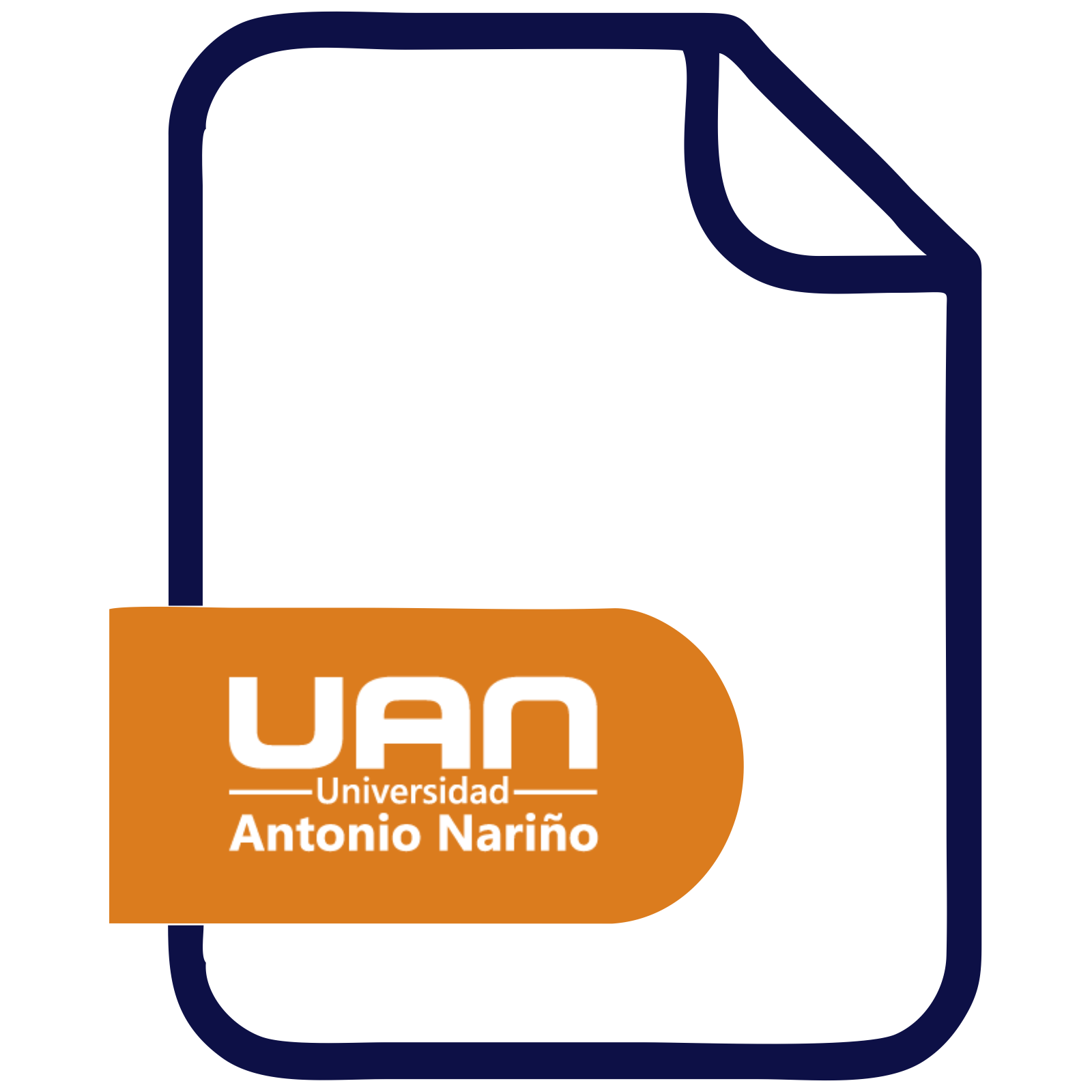Por favor, use este identificador para citar o enlazar este ítem:
http://repositorio.uan.edu.co/handle/123456789/5953> Repositorio UAN
Repositorio UANComunidades y ColeccionesTitulosMateriasAutoresFecha de publicacion
Mi CuentaAccederRegistro
Mi CuentaAccederRegistro
| Título : | Interface humano-máquina para la restauración del sentido de lateralidad en niños con parálisis cerebral espástica |
| metadata.dc.creator: | Ortega Ordoñez, Heyder Danilo |
| metadata.dc.contributor.advisor: | Quinayas Burgos, Cesar Augusto |
| Palabras clave : | Parálisis cerebral;interfaz de aprendizaje;interfaz de ayuda;herramienta de aprendizaje |
| Resumen : | This research project presents the development of a tool to support people with laterality problems caused by spastic cerebral palsy, developing a video game in a 3d environment, where objects to be collected are displayed at a certain time and at different speeds. For this, a pushbutton system is used that command the movements of an avatar within the video game. The task is carried out by applying a protocol that enables its execution. In the interaction of pathological patients with the human-machine interface, it is evident that patient one reaches a collection of 49, 31 and 34 coins in the first of the sessions carried out, while patient three reaches a number of 3, 4 and 10 coins, and, in the case of patient four, it is possible to collect 6, 6 and 12 coins respectively, in their initial test. Reports in the literature show that serious video games support rehabilitation in learning fields, confirming that a human-machine interface is an innovative tool in this process. |
| metadata.dc.description.tableofcontents: | Este proyecto de investigación presenta el desarrollo de una herramienta para apoyar a personas con problemas de lateralidad causada por la parálisis cerebral espástica, desarrollando un video juego en un entorno 3d, en donde se exhiben objetos a ser recolectados en un determinado tiempo y en diversas velocidades. Para esto, se hace uso de un sistema de pulsadores que comandan los movimientos de un avatar dentro del videojuego. La tarea se realiza aplicando un protocolo que viabiliza su ejecución. En la interacción de los pacientes patológicos con la interface humano-maquina se evidencia como el paciente uno alcanza una recolección de 49, 31 y 34 monedas en la primera de las sesiones realizadas, mientras que el paciente tres alcanza una cantidad de 3, 4 y 10 monedas, y, para el caso del paciente cuatro se logra recolectar 6, 6 y 12 monedas respectivamente, en su prueba inicial. Reportes en la literatura evidencian que los video juegos serios apoyan en la rehabilitación en campos del aprendizaje, confirmando que una interface humano-maquina es una herramienta innovadora en este proceso. |
| URI : | http://repositorio.uan.edu.co/handle/123456789/5953 |
| Editorial : | Universidad Antonio Nariño |
| metadata.dc.publisher.campus: | Popayán - Alto Cauca |
| metadata.dc.publisher.faculty: | Facultad de Ingeniería Mecánica, Electrónica y Biomédica |
| metadata.dc.date.created: | 2021-11-29 |
| metadata.dc.rights.uri: | http://creativecommons.org/licenses/by-nc-nd/3.0/us/ |
| Aparece en las colecciones: | Ingeniería biomédica |
Ficheros en este ítem:
| Fichero | Tamaño | |
|---|---|---|
| 2021_DaniloOrtega | 2.34 MB | Visualizar/Abrir |
| 2021_DaniloOrtega_Acta Restricted Access | 484.67 kB | Visualizar/Abrir Request a copy |
| 2021_DaniloOrtega_Autorización Restricted Access | 1.18 MB | Visualizar/Abrir Request a copy |
Este ítem está sujeto a una licencia Creative Commons Licencia Creative Commons




